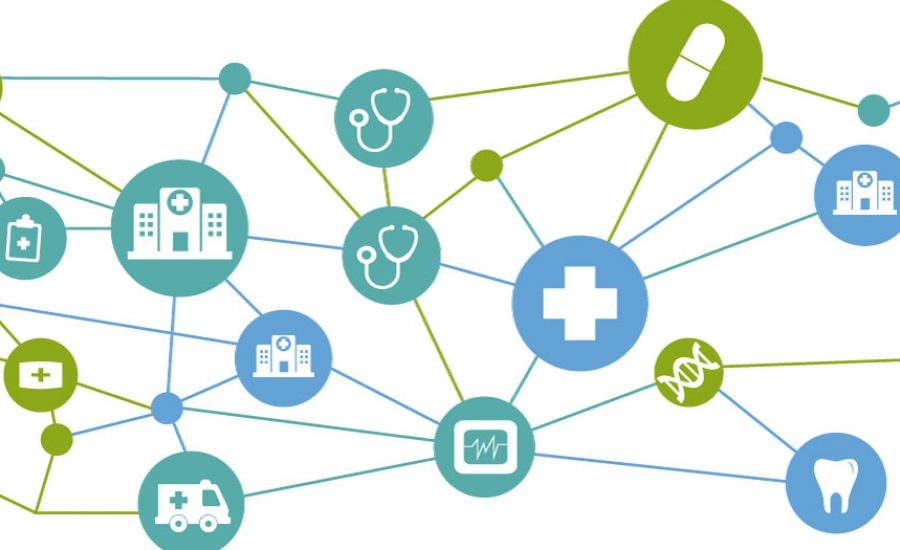Interoperability enables platforms to ensure providers and patients that medical information will be always secure and accessible, anytime and anywhere. Studies* revealed that 65% of physicians, ensured that the widespread adoption depends on successfully integrating electronic health records with virtual health platforms.
Nowadays patients are more hesitant to visit a doctor’s office in person. Also, these studies* revealed that Remote Patient Monitoring (RPM) strategies and programs will surpass in-patient monitoring within five years. Information sharing, accessibility, and security are some of the biggest barriers to new technology adoption.
As well as in their jobs, education, and spare time, patients are looking for new and more efficient tools. Tools will allow patients to take care of their health by tracking their conditions and adhering to their care plans.
Esvyda Integration
Fragmented information of patients along the care journey can come from many sources. Then, by itself does not provide an overview of their problems. Therefore, healthcare is not well coordinated.
Esvyda technology connects every stakeholder of patients’ health environment creating a channel where information’s timing and accuracy will help them.
Continuous monitoring, meaning 24-hour data, offers a more accurate health panning than a single data piece of episodic data. The widespread use of continuous remote data collection seemed to be something utopic 5 years ago, now is a must for health care platforms and providers.

Benefits of interoperability
- Information Centralization: Patient-Generated Data (PDG), Social Determinants of Health (SDOH), medical and lifestyle information about patients, will be gathered in one place. Avoiding data loss and dispersion
- Traceability: Patients and providers can follow up information in real-time
- Communication channel: The connection between virtual health or remote monitoring platforms, facilitates efficient and secure interaction among care team members and with patients.
- Time reduction: Data transmission occurs within seconds, saving time for providers as the information can be consulted as fast as a click.
- Costs savings: Interoperability means less time invested in data transmission or looking for data. Also, working jointly with 3rd party Electronic Health Servers and Remote Monitoring Platforms instead of owning and managing them.
Interoperability is the key to the future of remote health care services.
Virtual healthcare models, businesses, and programs are evolving, moving to a wider range of services enabling holistic virtual care. Mainly, the interoperability between telehealth and virtual health care services with Electronic Health Records (EHRs) and other virtual health records. They are looking forward to creating hybrid virtual/in-person care models, with the objective to improve the consumer experience, access, outcomes, and affordability.
*Studies about the RPM adoption conducted by VivaLink 2021


